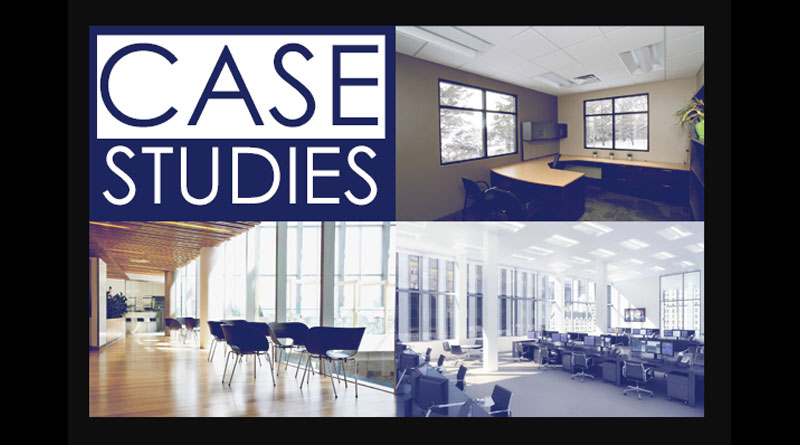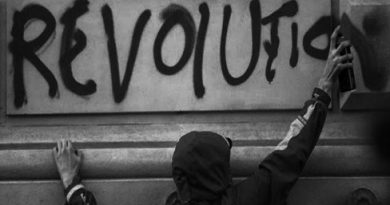Employee Discount Program Case Studies
Employee discount program list where we have compiled a list of case studies for various organizations and the solutions they have utilized to provide employees with benefits and perks that are outside the normal employment set of benefits like salary, healthcare and 401k.
What Employee Discount Program Solutions Have Companies Chosen:
Corporate Case Studies
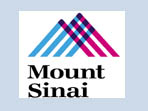 CASE STUDY 1 : Using A Home-Grown Solution:
CASE STUDY 1 : Using A Home-Grown Solution:
Mount Sinai Medical Center
Mount Sinai Medical Center, which is located in the upper-class section of Manhattan in New York City, faced a big problem when it tried to deliver employee discount program workplace perks to its own employees. The HR department could not find an employee perk program that came close to meeting their needs in terms of features, compelling offers and a low-cost operating costs. In an extremely rare move, MSMC decided to create their own in-house solution and the Mount Sinai Health System Recreation Office was born. The system was so successful that they eventually implemented it group wide, across all the hospital affiliates in the New York region. To ensure the projects success, the Health System Recreation Office took the step of banning all outside competing services, so they would not have to face market competition for their home-grown solution. So, in a somewhat monopolistic and anti-competitive move, Mount Sinai now blocks employees access and email to and from any competing services and forces all employees to use their internal service only. This model has been able to survive primarily because its actually pretty good – the discounts they provide to NYC based events and services are pretty compelling. Some discounts that have been included in their program in the last two years have included: US Open Tennis tickets, free Uber trips and discounted tickets to Wicked on Broadway. Mount Sinai has over ten thousand employees, so there is some efficiency for this home-grown model, but if the organization was smaller, then this in-house service may be deemed far too expensive to operate. With a team of four full time employees running it, operational costs must be offset by making profits on the ticket sales, with the ultimate goal of making the department break even on its costs. Normally, company CFO’s are fond of cutting headcount in non-profit making divisions of an organization, so the Health System Recreation Office team has done pretty well to survive the many rounds of layoffs at Mount Sinai, especially with the rebirth of Beth Israel. The Mount Sinai management has assured staff that the Beth Israel changes will have no affect on the current Mount Sinai employees, but time will tell. Having said that, the Mount Sinai Health System Recreation Office goes from strength-to-strength, as they get to ban any other services that try to compete with them, indicating that they are quite happy to not play by the rules, even though it may mean that their employees may be receiving reduced value and features in their work perks. Economics 101 teaches us that whenever competition is removed, that this in turn will reduce value and efficiency for the client. This monopoly also implies that the management of the Health System Recreation Office may be putting their own success ahead of Mount Sinai employees needs, drawing into question a conflict of interest, which has been a problem before in other parts of Mount Sinai Medical Center and may now exist in another.
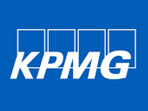 CASE STUDY 2: Free Service Using Corporate Offers:
CASE STUDY 2: Free Service Using Corporate Offers:
KPMG
With two major offices on the North East coast and various offices around the nation, KPMG needed to provide its domestic US employees with a employee discount program and perk service that could deliver on both a local and regional level. It also needed a company that could attend the popular KPMG on-site benefit fairs twice a year and engage with employees to promote employee participation. Corporate Offers was chosen to provide this service, given its multi-state approach.
 CASE STUDY 3: Paid Service Using Nextjump:
CASE STUDY 3: Paid Service Using Nextjump:
Morgan Stanley
While she was the head of HR Benefits at Morgan Stanley, Cynthia Cintron wanted an employee perk program that she could control the look and feel of. She didn’t want poor quality offers making her HR team look bad. The full service from Nextjump provided just that. It delivered Morgan Stanley branding and a general look-and-feel that aligned heavily with the corporate culture at Morgan Stanley and allowed Cintron to focus on encouraging employee participation rather than offer content.
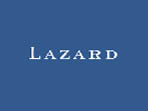 CASE STUDY 4: Free Service Using Tickets At Work/ Plum Benefits:
CASE STUDY 4: Free Service Using Tickets At Work/ Plum Benefits:
Lazard Freres
The HR department at Lazard took a somewhat laid-back approach towards providing their employees with a perks program and decided that the one-size-fits-all approach from Tickets At Work / Plum Benefits satisfied the need for everyone. The only problem was that the HR division at Lazard did not actually ask their employees what they wanted out of a employee discount program, so there is now a disconnect between a perceived arrogant HR dictating a solution and employees actually being motivated to use that solution to which they had no input. Employee participation will always suffer when employees have little say in the matter. The Lazard Plum Benefits (TAW) portal is still busy enough to keep its head above water and is seen to have over $1 Million in ticket sales every year, of which it is anticipated that Tickets At Work retains 10% in sales commission, a tidy sum to keep the lights on in Florida, but far from the most appropriate employee discount program.
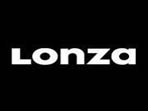 CASE STUDY 5: No Acceptable Solution, as Employee Promotion is Limited by Corporate Policy
CASE STUDY 5: No Acceptable Solution, as Employee Promotion is Limited by Corporate Policy
Lonza Corporation
Some corporations have very strict controls over what HR is allowed to promote to their own employees. According to the Benefits team at the Lonza Corporation, they have such a policy that creates a somewhat problematic relationship between HR, employees and employee perk vendors. It is alleged that Lonza upper management has dictated that the HR department cannot promote any HR perks from external sources to their own employees, making the promotion of any approved benefit or perk next to impossible. It is unclear how the benefits team are able to circumvent this policy to even promote their own corporate healthcare/dental/vision coverage as this could also be perceived as promoting an external vendor, regardless of whether it is approved by the organization or not. Corporate perks, like discounts on cell phones and hotel rooms are one of the many employee perks that HR cannot promote to their own employees. In line with Lonza culture, the HR division may have taken it to the extreme, by actually banning its employees from accessing external perk providers websites and also blocking their emails to and from such services. Providing any additional extra-curricular employee perks or discounts is next to impossible for HR and this may ultimately speak to the kind of company culture that Lonza wants to foster.
Although rare in the corporate world, Lonza is not alone in their odd employee policies. The pharmacutical manufacturers Pfizer and Novartis both have a somewhat arbitrary policy of banning all web traffic to the Ticketmaster website, despite many employees trying to purchase tickets as gifts for their corporate clients. Clearly these companies must have analyzed the web traffic and decided enough was enough with employee overuse and perhaps abuse of the service. Many Government organizations also have extreme policies, but in their cases they often go even further and their work/life culture becomes one of control and obedience to the employer. Many government organizations ban all personal web traffic and phone calls. They often classify employee healthcare choices as personal traffic and demand that this research be done on the employees personal time, away from the workplace, even though it is an approved work benefit. These practices do nothing to raise the already low productivity levels associated with government organizations. Governmental laws around internal perks promotions are often vague and can vary from state-to-state. Perks promotions usually only become problem when the legal team at a government organization interprets a state law in its most egregious form and starts banning everything, just to be on the safe side, lacking understanding of the basic tenets of the law. This does nothing to help the success of an employee discount program.
It’s not clear how organizations end up with an egregious HR policy, but it is often down to the failure of HR to demonstrate the value of employee perk programs to the managing body of the organization. It may also be down to the somewhat traditional format of employer-employee relationship, where the worker may be considered a corporate drone that must be fully leveraged until they are burnt out and/or replaced. Fortunately, that business model is fast becoming history, but its echoes may still be heard in the the many companies of this world. Expect companies to change their HR culture over time or perish, as modern employers need to attract top talent to stay alive and a Dickensian style of relationship between management amd their own employees is a long-term recipe for poor employee morale and ultimate business failure.
Further Reading:
Employee Discount Programs Overview
Employee Perk Program Comparisons
